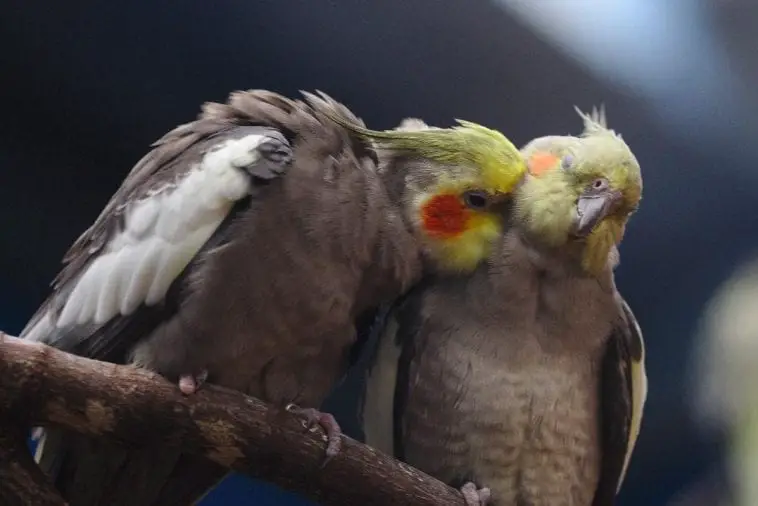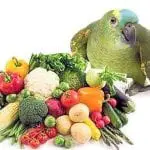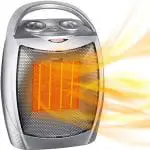Birds are known to have up to 25,000 feathers in their body. The process of regular preening keeps every feather in its best condition. Preening is a common activity among birds, second only to feeding. This behavior can be observed among birds as they rest in the yard, in the field, and even with your pet birds. Knowing the reasons why birds preen can help owners and birders appreciate their pets even better.
Preening – What is it?
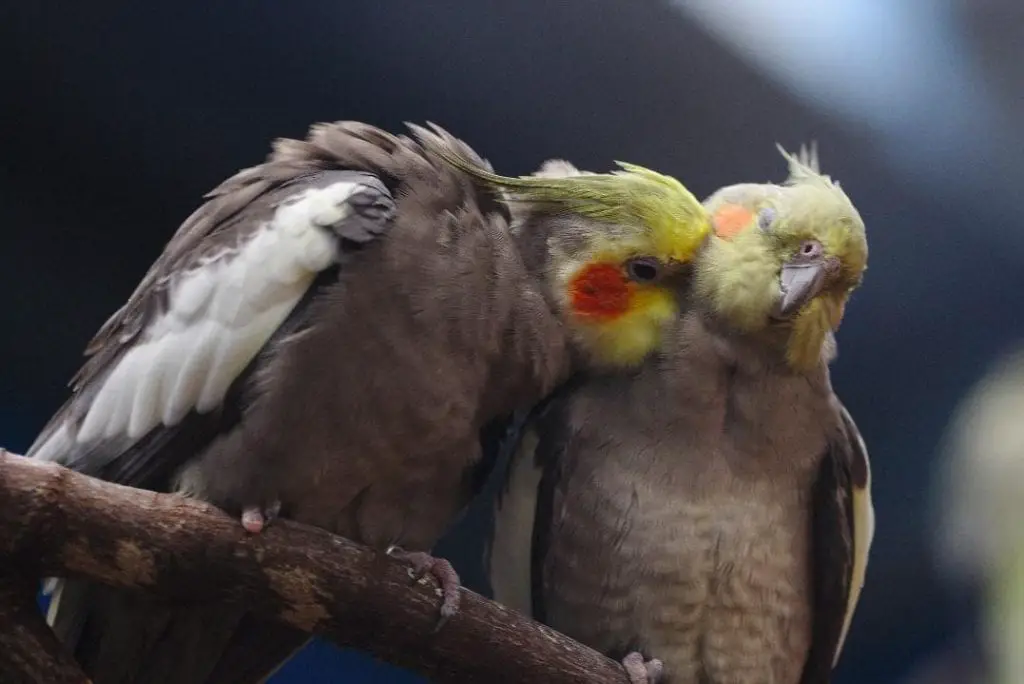
Preening is the way of birds to groom their feathers, keeping them in top condition. While they preen, birds remove dirt, dust, and parasites off their feathers, even aligning their feathers in position. Most birds are observed preening several times every day, which is also a way to keep themselves healthy.
The preen gland or the uropygial gland is a vital part of the preening process. This gland is located close to the base of the birds’ tails, producing a waxy and oily substance that helps in waterproofing the feathers and keeping them flexible.
When preening, birds spread this oil to every feather, evenly coating and protecting them. Certain species of birds, such as pigeons, owls, hawks, and parrots, lack this gland. Rather, they have specially designed feathers that naturally disintegrate into powder down, serving a similar purpose with that of preen oil.
Birds that creates powder down are less likely to immerse themselves in water to bathe and do not need the stronger waterproofing features offered by preen oil.
Why does your pet bird preen? Here are 7 reasons why:
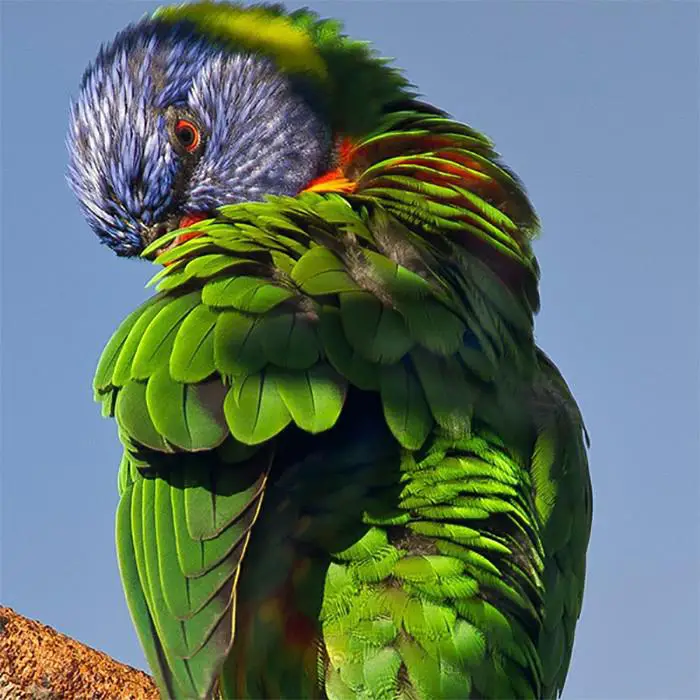
Cleaning
The process of cleaning removes dirt, dust, and other foreign objects from the feathers of birds. It can even remove parasites off effectively. While preening, the small downy feathers are untangled accordingly, setting every flight feather back into position.
If your bird is suffering from tick or mite infestation, preening will also eliminate some of these pests off its body. As an owner, you can further encourage your pet to preen himself by misting it daily using tap water.
Removing parasites from the feathers, as well as body lice which can potentially destroy feathers or carry disease. As a result, you have a bird that is healthier, protecting the entire flock or nest because of an outbreak.
Powder and Oil
Certain bird species, such as cockatoos, parakeets, finches, and most types of parrots have a uropygial gland, or the preening gland located close to the tail base. This gland creates a special oil that conditions and moisturizes their feathers. Other birds, on the other hand, produces a fine powder that protects and cleans their feathers. Birds use their beak to pick up a small amount of powder or oil, spreading it over its feathers while preening.
Barbs and Barbules
Each feather is created with a series of vanes extending from the primary shaft, making up the soft parts of the feather. Short hair-like structures are attached to these vanes, called barbs. Barbs come with smaller hooks, referred to as barbules towards the ends. These barbules interlock, giving strength to the feather. As the bird starts moving around and bumping his feathers on objects, these barbules can easily come unhooked with each other. When the bird preens each feather, the hooks are connected back together, making their feather strong and smooth once again.
Molting
The process of molting involves old feathers falling out as new ones start to grow. Preening helps this process as the bird removes old feathers, making room for the new ones. Feather plucking is different because it is unhealthy. Molting is natural, as new feathers come in as the old ones are removed. Preening also pulls in their protective sheath off as the new feathers start to grow.
Preening also helps remove tough sheaths out of newly molted feathers. Removing these sheaths further gets feathers into the right position faster, making them more useful right away.
Withstanding Stress of Flight
When birds preen, they moisturize feathers with oil, and in turn, their feathers become strong and flexible again, rather than being brittle or easily breakable. With feathers in this condition, birds can better withstand the stress of flight.
More Efficient Flight
As birds align their feathers, they are making sure that their body is in the most aerodynamic shape for better, easier, and more efficient flights. This further helps birds make effective use of their energy, especially in flight and making it more possible for them to make those acrobatic moves.
Courtship Ritual
Preening serves as bonding between mates, as a form of a courtship ritual. This usually involves mutual preening, often called allopreening. This is actually a form of communication between mates, helping them keep their connection strong.
For those without a mate yet, preening creates a healthier appearance that attracts a potential mate. A more attractive and healthier bird will also attract a stronger mate, having a better chance of raising several healthy and strong chicks.
How Preening is Done
Birds typically use their feet and bills in order to preen every feather on their body. This is done in a methodical way by either stroking or nibbling each feather from its base to the tip, getting it aligned just so. Bird enthusiasts are familiar with various contortions that birds use just to reach every feather. In fact, it is not unusual to observe a bird in an odd and unusual position while preening. There are also other behaviors that are observed to be part of the preening process.
- Bathing
Songbirds usually bathe in water before doing extensive preening, splashing all over to moisten their feathers. Bathing also removes dirt, dust, and parasites from the feathers before the birds can start putting each feather in its proper position.
- Dust Bathing
Many types of birds, especially sparrows and game birds, do dust bathing as part of regular preening. Dust helps in dislodging parasites while absorbing excess preen oil so that the feathers are not extremely coated. Some birds prefer dust bathing over water, though some also do both.
- Stretching
Extensive stretching among birds helps in proving space in between each feather so that all feathers can be groomed and stroked effectively. Fluffing or stretching also helps them align all of their feathers after a specific section has already been preened.
- Sunning
Sunning helps birds in controlling feather mites and body parasites by moving these pets to different parts of their body where they can easily be nibbled away. This also helps in making the oil glad more liquid, thus being easier to spread to the feathers in an even and thin layer.
Over-Preening – Considerations
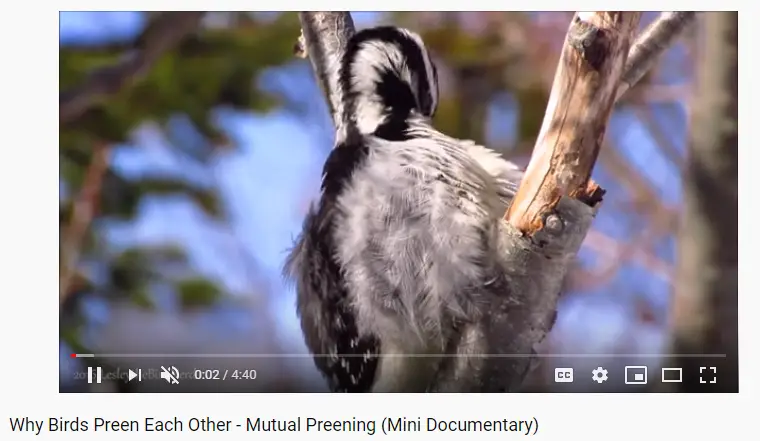
It is quite normal to see birds spending several hours a day preening. This is especially noticeable during molting. However, it is not really a problem unless your pet is already damaging feathers or creating some bald spots. If you notice your bird preening too often, particularly when they are not molting, it may only end up losing its feathers.
Broken, frayed, and missing feathers are signs of the unhealthy act of over-preening. Anxiety, stress, boredom, and other health problems can serve as cause to over preening. If this is the case, it is best to bring your bird to an avian veterinarian to have it examined. The goal is to rule out any possible physical cause for this behavior.
